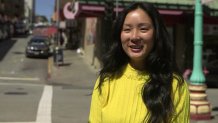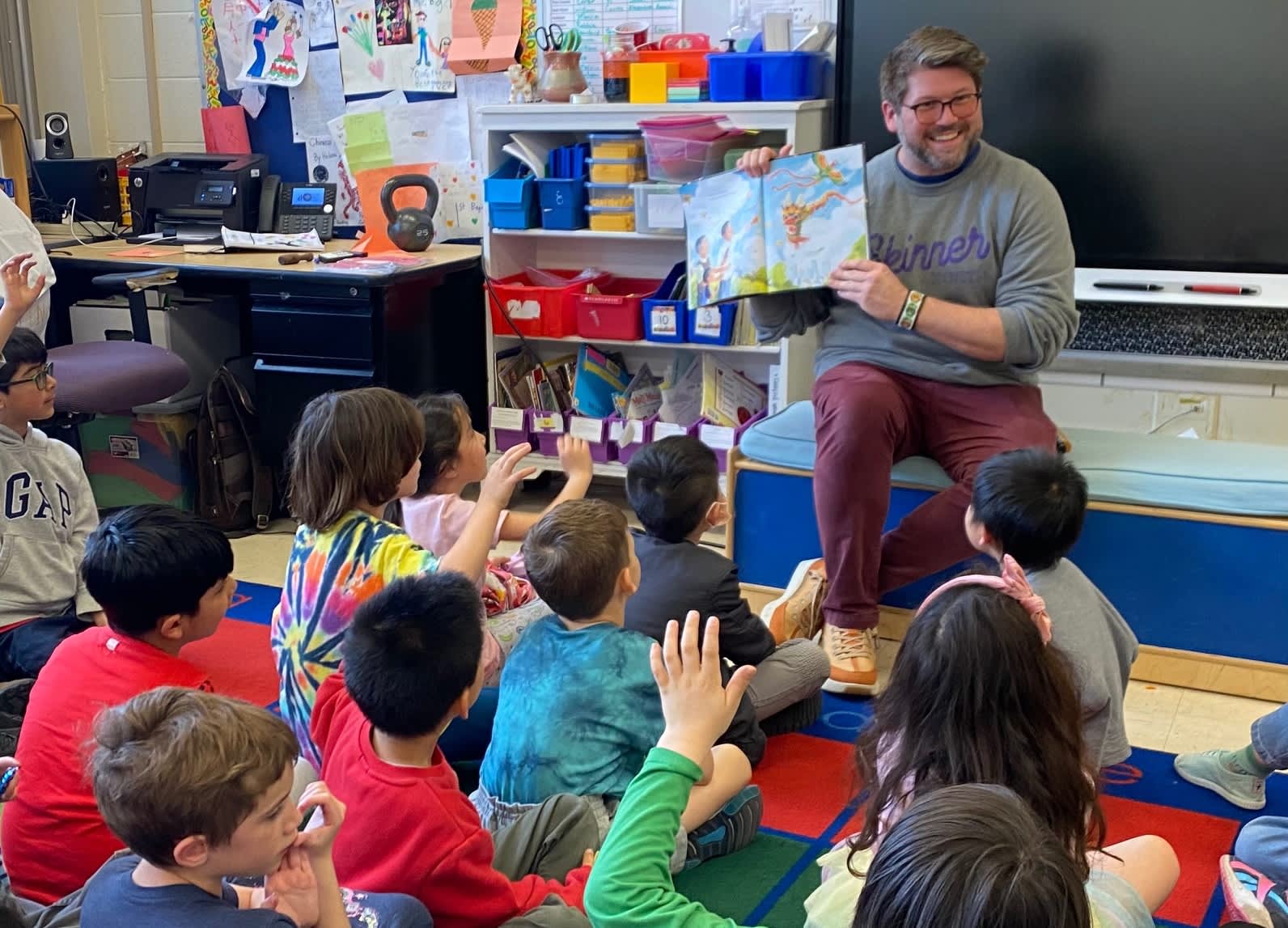San Francisco’s Chinatown has a certain style. But beyond its signature Asian-inspired architecture and restaurants sits another source of unique hipness — it's fashionably adorned senior citizens.
Tiger print pants paired with a lilac-colored sweater. A fur cap topping layers of prints and solids. The neighborhood’s colorfully striking fashion sense caught the eye of Valerie Luu as she wandered through the neighborhood.
“We wanted to understand where did they get their clothes, and how did they put together these awesome outfits," said Luu, outfitted in a bright lemon top with matching rubber shoes.
Luu’s interest in the fashion sense of the area’s seniors soon evolved beyond simple curiosity. She and photographer Andria Lo began to visit Chinatown to stalk the area’s elders, stopping them to inquire about their stories and asking to snap a photo.
Get a weekly recap of the latest San Francisco Bay Area housing news. Sign up for NBC Bay Area’s Housing Deconstructed newsletter.
“Our success rate is 10%,” laughed Luu, who is of Vietnamese heritage and only knew a few words of Chinese. "Most people will say ‘thank you’ which means ‘no thank you.’”
Armed with a limited Chinese vocabulary that included the phrases “nice hat,” “hello” and “I like your outfit,” Luu applied a strategy of time-plus-tenacity-plus-frequency to eventually persuade enough seniors to open a brief window into their lives and fashion sense. With their burgeoning success in San Francisco, the Luu and Lo pair expanded their cultural gatherings to Chinatowns in Oakland, Chicago, Los Angeles, New York and Vancouver.
“From there we shot every month for the next seven years, and we eventually turned the collection into a book," said Luu.

The book the pair created is called Chinatown Pretty, published by Chronicle Books. It’s a collection of photos of senior fashions mixed with a bit of wisdom and storytelling from some of the nation’s most culturally dense neighborhoods.
“I think what captivates us at first is their style,” explained Luu. “From there we try to learn more about what they did before they retired — why they immigrated here and how they lived their lives in these urban centers.”
It turned out the fashion was the gateway to a deeper dive into the culture of Chinatown, touching on issues of immigration, isolation, aging and relocation. Luu learned many of the elderly women in Chinatown had worked in sewing factories in China before immigrating to the U.S. She discovered some of their outfits had been re-fashioned from clothing they’d made in their professional sewing days – now touchstones of previous lives as they began anew in a foreign land.
Among the book’s stories that emerged from the serendipitous encounters was a profile of Estelle Kelley, who was born in San Francisco’s Chinatown, shuffled off to China, and returned not long after to Oakland’s Chinatown where she was raised in foster homes. Kelley went on to work as a dancer in San Francisco’s legendary Forbidden City nightclub and cabaret. She died not long after the book’s release.
“She was in show business for all of her life,” said Kelley’s granddaughter, Kelsi Seid. “To know people were still talking about her and are still talking about her, I know that was so important to her.”
Luu walked through San Francisco’s Portsmouth Square where a group of Chinese seniors hovered around a picnic table engaged in an intense game of cards. Luu pointed out the women wearing bucket hats — a popular accessory among the neighborhood’s seniors — and men dressed in tidy Members Only jackets paired with khaki pants.
Luu said of all the Chinatowns profiled in the book, San Francisco’s seemed the most fashionable because the city’s persnickety weather requires multiple layers, creating the possibility for more sophisticated clothing ensembles.
Luu paused, mouth agape, as an elderly woman strolled down Grant crowned in a large fur hat. Luu employed one of her few Chinese compliments to stop the woman and pepper her with flattery and questions, which the woman’s friend translated:
“Wow! That’s a bold hat.”
“The colors you have on are very good.”
“Shopping? What are you shopping for?”
The encounter was a brief peak behind the curtain into Luu’s natural curiosity and reverence for the area’s seniors. It could also be their stories strike a chord for Luu, whose own parents came to the U.S. as refugees from Vietnam, imbuing her with an appreciation for the international wanderer.
“Part of the reason why we started this is cause we see our grandparents in these people that we see on the streets,” she said.
Chinatown Pretty was initially released in 2020 during the global pandemic lockdown and at a time when a series of attacks on elderly Asians left Chinatown seniors more isolated than ever before. The book’s spirit seems a balm for the dark times.
“Sometimes they’re lonely,” said Cathie Lam of the Chinatown Community Development Center in describing the seniors profiled in the book. “I feel this really highlights them.”
Luu hopes the book will remind people to take notice of the people whom they share a swath of asphalt — and to take an interest in the senior citizens who bring generational color to a neighborhood.
“Seniors have a lot of wisdom to impart,” Luu said. “So we try to get the fashion wisdom along with the life wisdom.”
For more information on the book, visit chinatownpretty.com.



